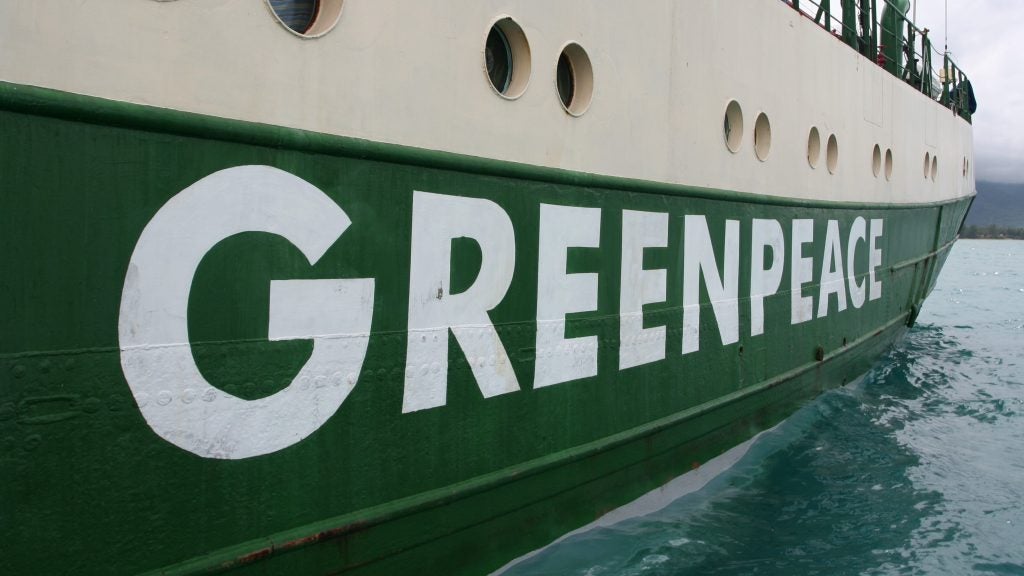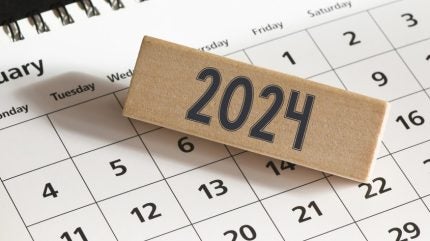
From rolling stock to innovative fuel cells, and even ticketing, Railway Technology has covered dozens of deals related to ESG tracking rail industry trends.
Broken down by technology type, these are some of the biggest deals focused on moving away from fossil-fuel-reliant rail for our railway industry overview:

Discover B2B Marketing That Performs
Combine business intelligence and editorial excellence to reach engaged professionals across 36 leading media platforms.
Hydrogen
California State Transportation Agency and CalTrans agreed to extend its hydrogen-powered fleet with six more Stadler trains.
“By expanding our fleet of hydrogen-powered passenger trainsets, we are showing we are serious about deploying innovative and sustainable transportation options for the people of this state,” Toks Omishakin, the state’s transportation secretary said.
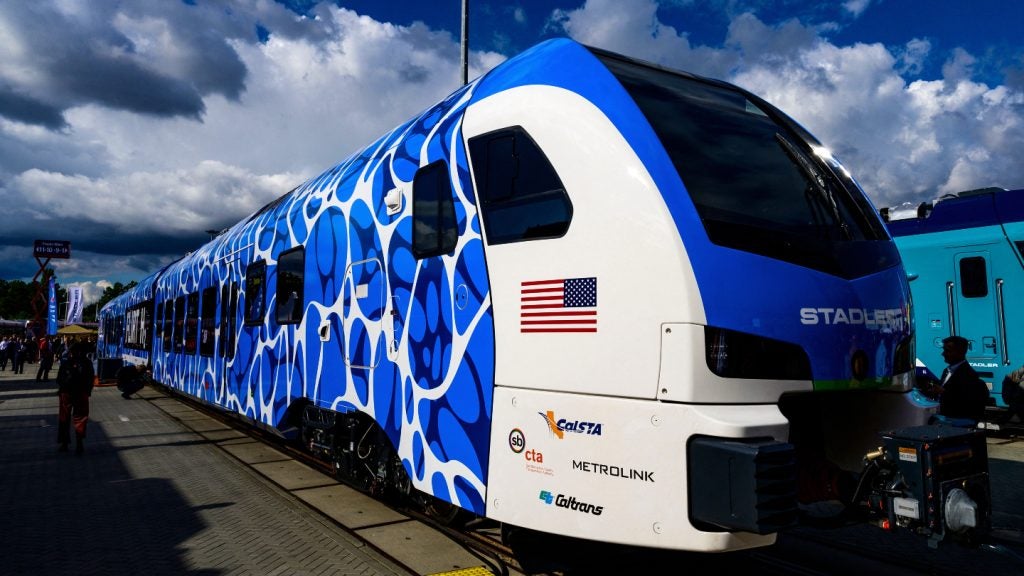
The city of Daejeon in South Korea chose Hyundai Rotem hydrogen-powered rolling stock for its Urban Railway Line 2.
Hyundai Rotem’s hydrogen tram design has been in development since 2021 and was revealed to the public for the first time in August 2023, the model is powered by hydrogen fuel cells and can travel 150km on one charge.

US Tariffs are shifting - will you react or anticipate?
Don’t let policy changes catch you off guard. Stay proactive with real-time data and expert analysis.
By GlobalData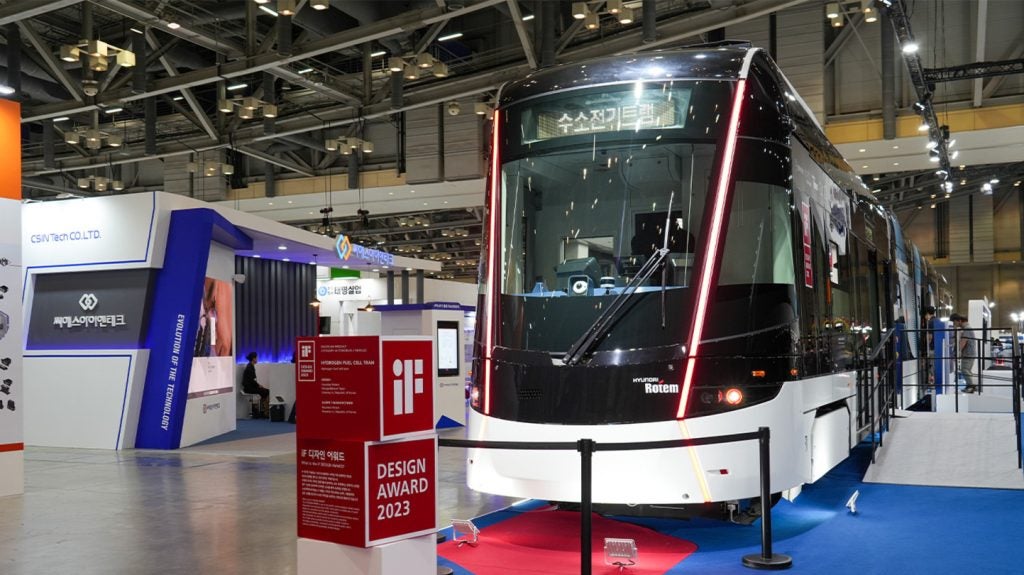
A key part of the hydrogen ecosystem moving forward will be the availability of the element.
The German national railway provider DB has begun work with green hydrogen producer Lhyfe (pronounced ‘life’). The fuel will supply the DB H2goesRail development project, along with its partner Siemens Mobility.
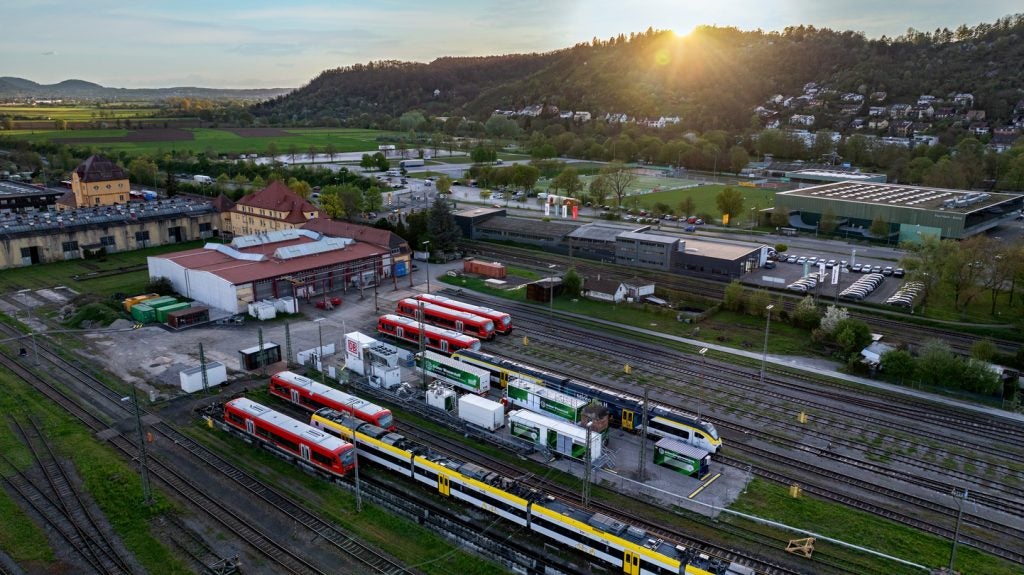
Over in the US freight market, hydrogen power is also powering new investments.
Canadian Pacific Kansas City (CPKC) railroad has teamed up with ATCO EnPower to build two hydrogen production and locomotive refuelling stations in Alberta, Canada.
“This advancement marks significant progress in utilising hydrogen as a fuel source for commercial transportation and reflects ATCO EnPower’s commitment to building a sustainable future by providing innovative energy solutions for our customers,” ATCO’s operations director Mark Brown explained.
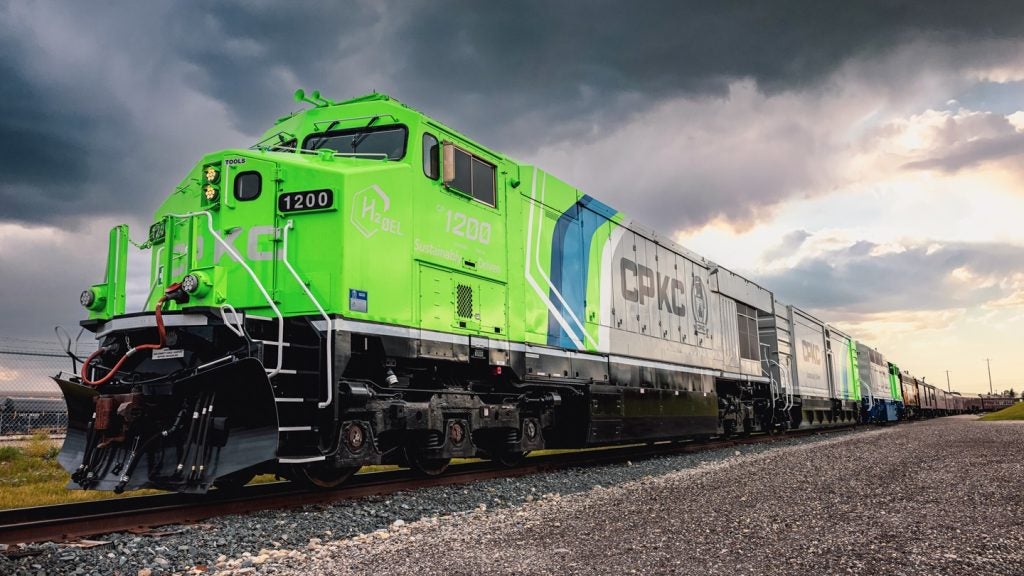
Battery technology
Battery-electric trains are not new, but saw a boost in orders in 2024 and new developments to convert diesel locomotives to battery-electric marked significant direction of movement in the sector.
Chicago’s metro operator Metra spent $150m on a new fleet, getting rid of some of the oldest and most polluting rolling stock in the US passenger rail sector.
Martin Ritter, CEO of Stadler US, said: “Our BEMU technology helps support transit agencies like Metra in their mission to bring state-of-the art green public transit to the US.”
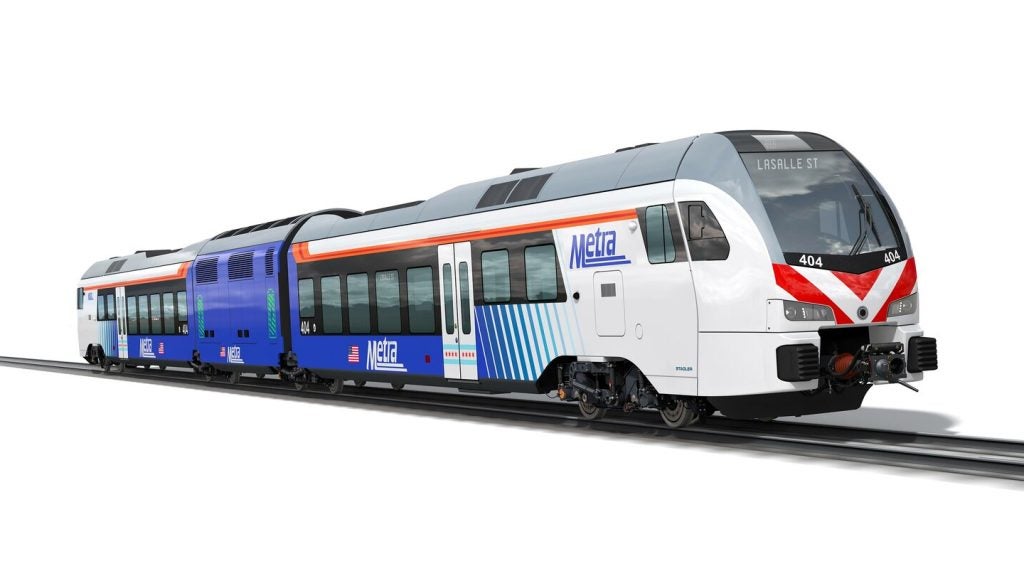
Another major US city, Boston, has spent $54m to bring BEMUs to the city.
Massachusetts Bay Transportation Authority’s CEO Phillip Eng explained it was the first step towards a fully-electrified metro rail network. “Understanding the billions of dollars needed to fully electrify our entire system, this is the first step that I believe will pave the way to a profound transformation that can bring the future of our rail network that much closer,” he said.
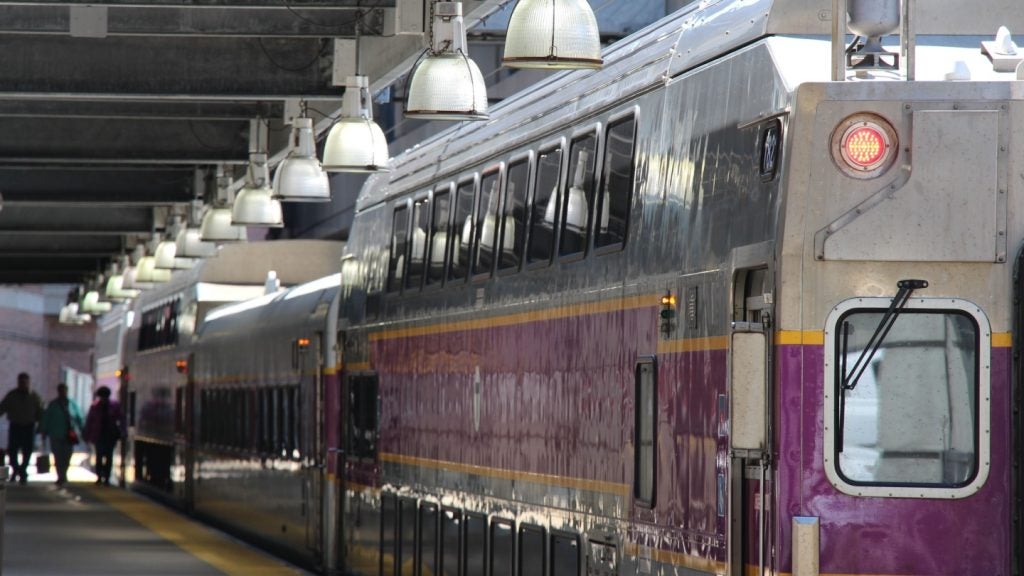
Hitachi Trains and two UK-based partners have converted a diesel-powered train to use battery power and began testing their refreshed locomotive in May 2024.
The £15m ($18m) project is intended to prove the concept of converted trains reliably bridging the gaps in the UK’s electrified rail network.
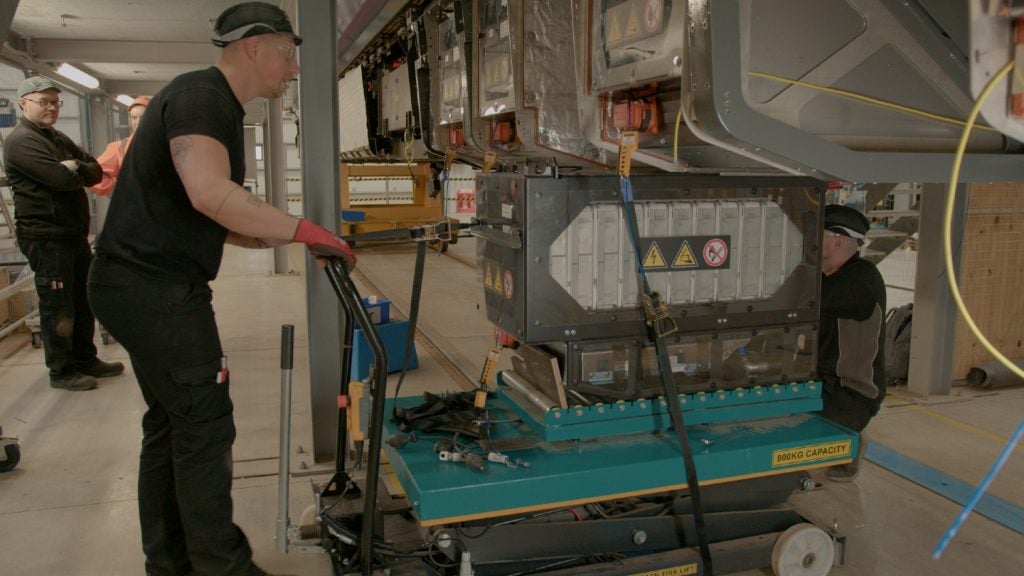
Rolling stock
Poland used European Union grants to refresh rolling stock on several networks, in Masovia and Małopolska.
The contracts with Stadler and Newag are both for EMU trains and benefit from EU funds for Infrastructure, Climate and Environment for 2021-2027.
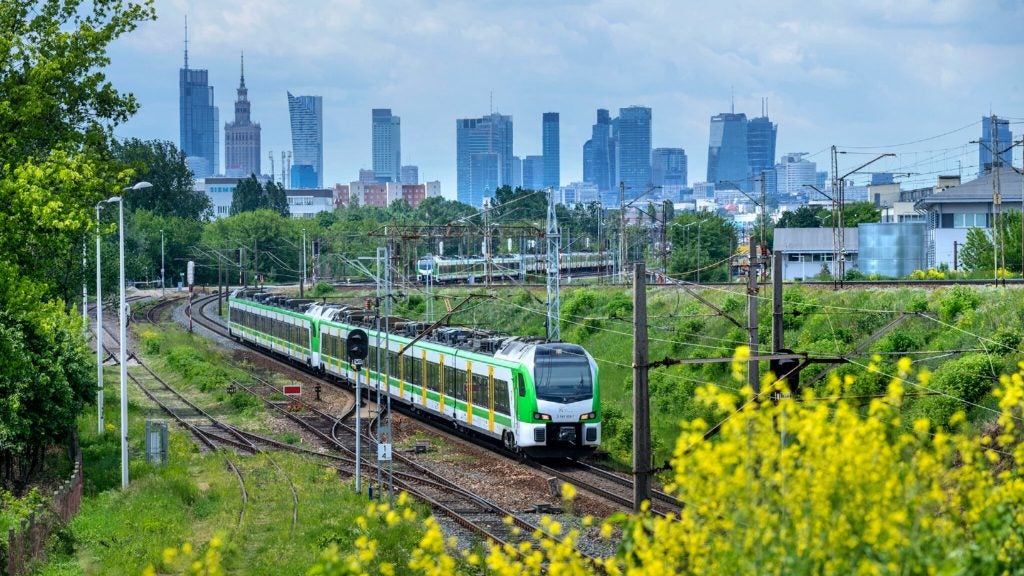
Swiss manufacturing company ABB has signed a $150m contract with the Hyundai Rotem Company to supply the traction packages for 65 trains being manufactured for Queensland, Australia as part of the A$4.6bn ($3bn) Queensland Train Manufacturing Programme (QTMP).
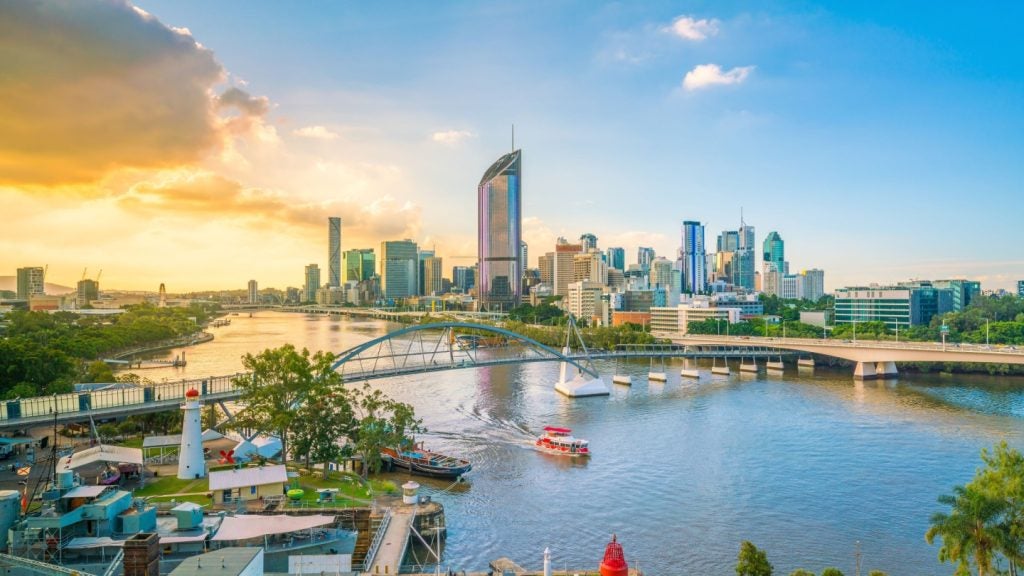
New technology
German-Swiss parts manufacturer Liebherr-Transportation Systems unveiled a new HVAC system, designed in collaboration with TÜV Süd, that uses propane as its refrigerant as a “natural alternative” to conventionally used gases.
Pascal Rapp, sales area manager east at Liebherr TS, said: “We are very thankful for the trust Stadler Polska has placed in us. Our climate control system offers a sustainable and efficient solution for vehicle manufacturers and operators.
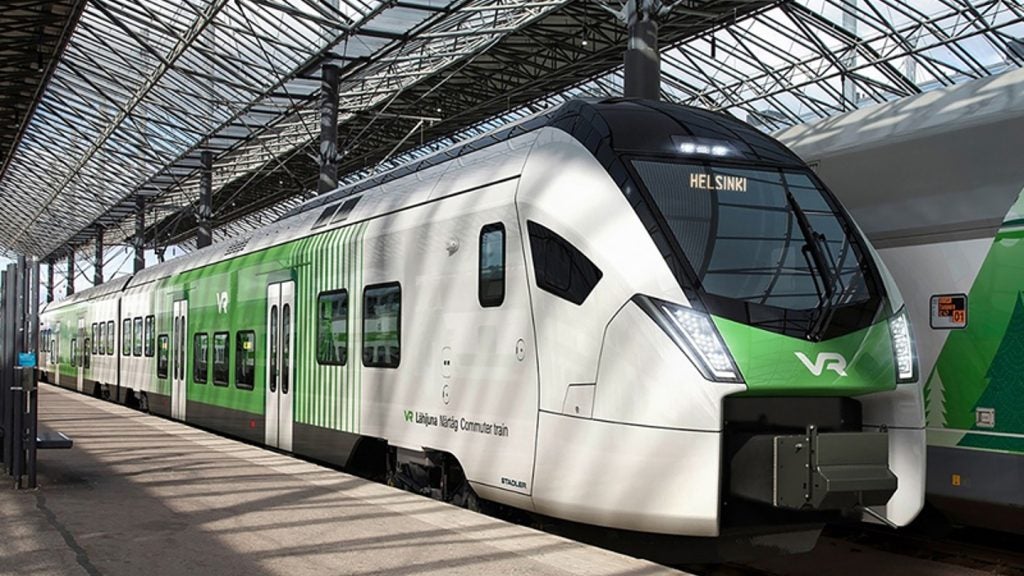
Another key deal by CPKC in the US is its supply agreement with Ballard Power Systems. The manufacturer will supply 98 hydrogen fuel cell engines, each producing 20MW.
Along with its hydrogen fuel supply deal with ATCO EnPower (above), the extended relationship with Ballard is part of CPKC’s initiative to build the first fully-hydrogen freight locomotive operating in the US.
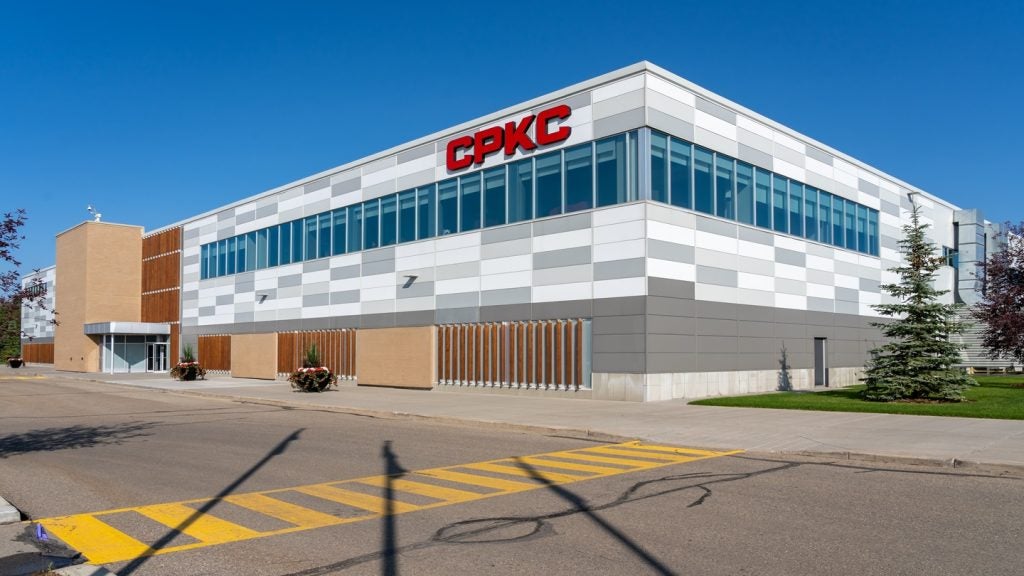
Eurostar has built upon its work since merging with Thalys in 2022, and has set a “deliberately ambitious target” of 100% renewable energy use by 2030.
“To achieve our goal, we work closely together with our partners in each of our markets, we encourage regulatory support for the rapid deployment of new renewable energy projects,” said CEO Gwendoline Cazenave.
She referred to Eurostar’s deals to use wind power for 100% of its needs in the Netherlands, a 40% renewable energy share in the UK, and a memorandum of understanding signed this year with Infrabel to study the use of novel solar projects in Belgium.
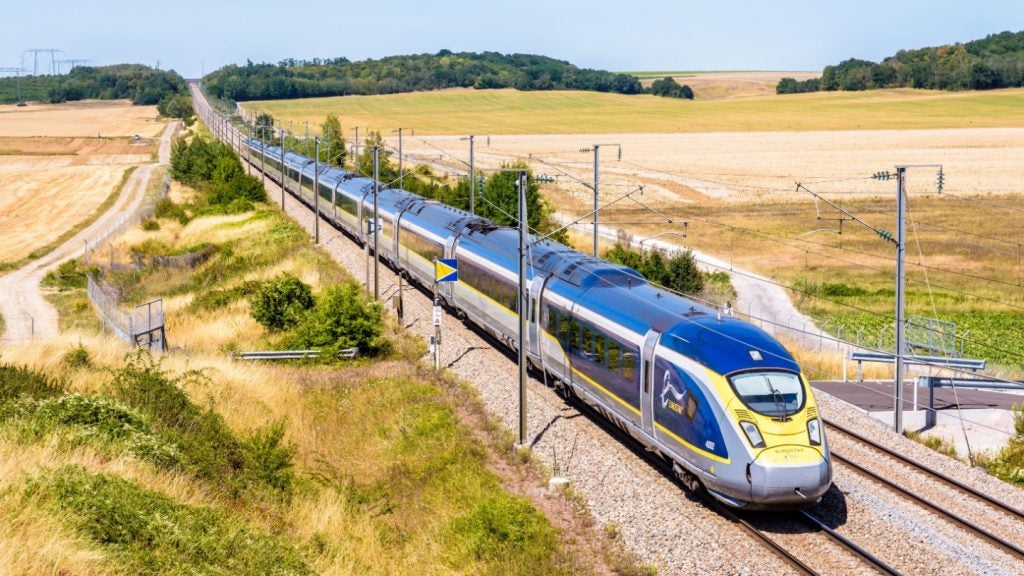
And finally:
Greenpeace proposed a new way of rail ticketing in the UK, based on Austrian and German experiments with “Klimaticket” initiatives.
Although no deal was signed, and the UK rail industry seems unlikely to follow the climate pressure group’s suggestions at the moment, the Fare Brittania report showed the kind of policy platforms surrounding environmental and governance changes on the rail network that are made headlines in 2024.
